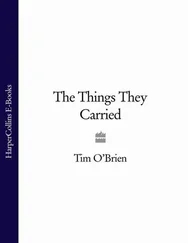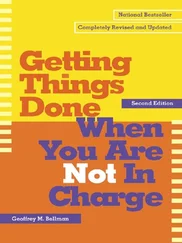The free market doesn’t exist. Every market has some rules and boundaries that restrict freedom of choice. A market looks free only because we so unconditionally accept its underlying restrictions that we fail to see them. How ‘free’ a market is cannot be objectively defined. It is a political definition. The usual claim by free-market economists that they are trying to defend the market from politically motivated interference by the government is false. Government is always involved and those free-marketeers are as politically motivated as anyone. Overcoming the myth that there is such a thing as an objectively defined ‘free market’ is the first step towards understanding capitalism.
In 1819 new legislation to regulate child labour, the Cotton Factories Regulation Act, was tabled in the British Parliament. The proposed regulation was incredibly ‘light touch’ by modern standards. It would ban the employment of young children – that is, those under the age of nine. Older children (aged between ten and sixteen) would still be allowed to work, but with their working hours restricted to twelve per day (yes, they were really going soft on those kids). The new rules applied only to cotton factories, which were recognized to be exceptionally hazardous to workers’ health.
The proposal caused huge controversy. Opponents saw it as undermining the sanctity of freedom of contract and thus destroying the very foundation of the free market. In debating this legislation, some members of the House of Lords objected to it on the grounds that ‘labour ought to be free’. Their argument said: the children want (and need) to work, and the factory owners want to employ them; what is the problem?
Today, even the most ardent free-market proponents in Britain or other rich countries would not think of bringing child labour back as part of the market liberalization package that they so want. However, until the late nineteenth or the early twentieth century, when the first serious child labour regulations were introduced in Europe and North America, many respectable people judged child labour regulation to be against the principles of the free market.
Thus seen, the ‘freedom’ of a market is, like beauty, in the eyes of the beholder. If you believe that the right of children not to have to work is more important than the right of factory owners to be able to hire whoever they find most profitable, you will not see a ban on child labour as an infringement on the freedom of the labour market. If you believe the opposite, you will see an ‘unfree’ market, shackled by a misguided government regulation.
We don’t have to go back two centuries to see regulations we take for granted (and accept as the ‘ambient noise’ within the free market) that were seriously challenged as undermining the free market, when first introduced. When environmental regulations (e.g., regulations on car and factory emissions) appeared a few decades ago, they were opposed by many as serious infringements on our freedom to choose. Their opponents asked: if people want to drive in more polluting cars or if factories find more polluting production methods more profitable, why should the government prevent them from making such choices? Today, most people accept these regulations as ‘natural’. They believe that actions that harm others, however unintentionally (such as pollution), need to be restricted. They also understand that it is sensible to make careful use of our energy resources, when many of them are non-renewable. They may believe that reducing human impact on climate change makes sense too.
If the same market can be perceived to have varying degrees of freedom by different people, there is really no objective way to define how free that market is. In other words, the free market is an illusion. If some markets look free, it is only because we so totally accept the regulations that are propping them up that they become invisible.
Piano wires and kungfu masters
Like many people, as a child I was fascinated by all those gravity-defying kungfu masters in Hong Kong movies. Like many kids, I suspect, I was bitterly disappointed when I learned that those masters were actually hanging on piano wires.
The free market is a bit like that. We accept the legitimacy of certain regulations so totally that we don’t see them. More carefully examined, markets are revealed to be propped up by rules – and many of them.
To begin with, there is a huge range of restrictions on what can be traded; and not just bans on ‘obvious’ things such as narcotic drugs or human organs. Electoral votes, government jobs and legal decisions are not for sale, at least openly, in modern economies, although they were in most countries in the past. University places may not usually be sold, although in some nations money can buy them – either through (illegally) paying the selectors or (legally) donating money to the university. Many countries ban trading in firearms or alcohol. Usually medicines have to be explicitly licensed by the government, upon the proof of their safety, before they can be marketed. All these regulations are potentially controversial – just as the ban on selling human beings (the slave trade) was one and a half centuries ago.
There are also restrictions on who can participate in markets. Child labour regulation now bans the entry of children into the labour market. Licences are required for professions that have significant impacts on human life, such as medical doctors or lawyers (which may sometimes be issued by professional associations rather than by the government). Many countries allow only companies with more than a certain amount of capital to set up banks. Even the stock market, whose under-regulation has been a cause of the 2008 global recession, has regulations on who can trade. You can’t just turn up in the New York Stock Exchange (NYSE) with a bag of shares and sell them. Companies must fulfil listing requirements, meeting stringent auditing standards over a certain number of years, before they can offer their shares for trading. Trading of shares is only conducted by licensed brokers and traders.
Conditions of trade are specified too. One of the things that surprised me when I first moved to Britain in the mid 1980s was that one could demand a full refund for a product one didn’t like, even if it wasn’t faulty. At the time, you just couldn’t do that in Korea, except in the most exclusive department stores. In Britain, the consumer’s right to change her mind was considered more important than the right of the seller to avoid the cost involved in returning unwanted (yet functional) products to the manufacturer. There are many other rules regulating various aspects of the exchange process: product liability, failure in delivery, loan default, and so on. In many countries, there are also necessary permissions for the location of sales outlets – such as restrictions on street-vending or zoning laws that ban commercial activities in residential areas.
Then there are price regulations. I am not talking here just about those highly visible phenomena such as rent controls or minimum wages that free-market economists love to hate.
Wages in rich countries are determined more by immigration control than anything else, including any minimum wage legislation. How is the immigration maximum determined? Not by the ‘free’ labour market, which, if left alone, will end up replacing 80–90 per cent of native workers with cheaper, and often more productive, immigrants. Immigration is largely settled by politics. So, if you have any residual doubt about the massive role that the government plays in the economy’s free market, then pause to reflect that all our wages are, at root, politically determined ( see Thing 3 ).
Читать дальше
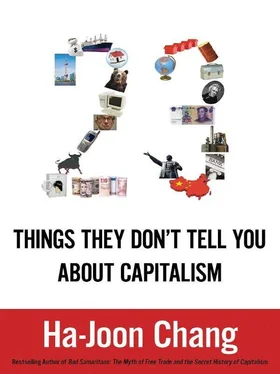

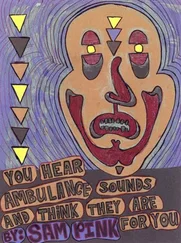

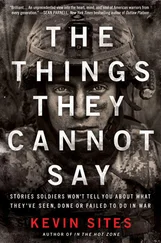
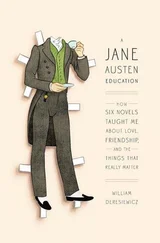
![Ally Carter - [Gallagher Girls 01] I'd Tell You I Love You But Then I'd Have to Kill You](/books/262179/ally-carter-gallagher-girls-01-i-d-tell-you-i-lo-thumb.webp)


